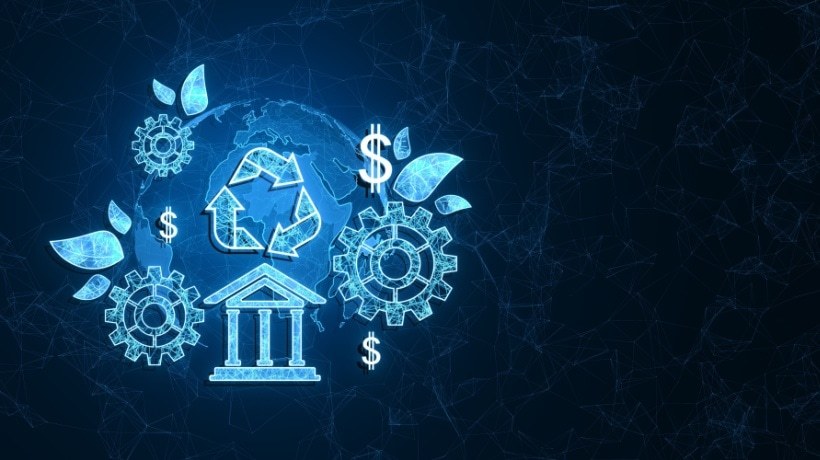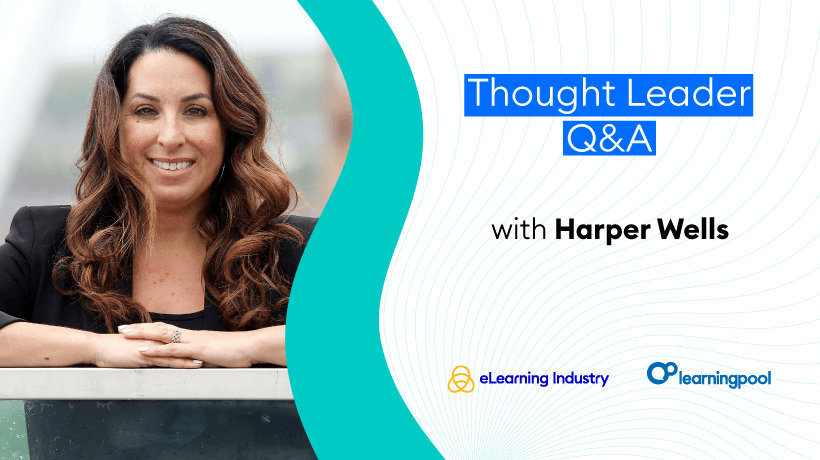Align Values, Measure, And Walk The Talk
Leadership has transformed over the last couple of years. It will continue to transform as leaders are faced with unprecedented complexity and change emanating both externally and internally in their organizations. This series of articles titled "The Leadership Blueprint" offers a blueprint on critical elements of leadership that you, as a Learning and Development (L&D) leader, can adopt and adapt to your organizational contexts. The series focuses on essential leadership functions, including driving digital transformation, leading people, harnessing data, driving culture change, and concentrating on the future. This article offers 3 tactics to entrench sustainability in your organization.
What Is ESG, And Why Is It Essential To An Organization?
ESG is a corporate governance and investment framework that delineates the organizational environmental, social, and governance elements of the business strategy and performance goals.
The environmental element includes carbon accounting, gas emissions, and other sustainability sourcing and supply chain elements that ensure the organization is not harming the environment.
The social element includes all the people and social interactions the organization has internally and externally, and includes diversity, equity, inclusion, and belonging in the organization, the employee experience, human resources, and talent development guardrails such as labor standards, health and safety, and broader social engagement.
The governance element includes the regulatory and policy guardrails the organization embraces to govern itself effectively, diversity within the board of directors and across the organization, and corporate policies and procedures that foster transparency, fight corruption, mitigate risk, and boost performance results, among others.
How Is ESG Different From Sustainability?
While ESG and sustainability are related, with sustainability being one of the pillars of ESG, they differ, as ESG is an investment framework that enables investors to assess the risk and subsequent investment potential of the organization across the three pillars. In contrast, sustainability is a framework that enables the organization to make environmentally and socially sound internal investments to minimize its impact on the environment. ESG is governed by standards set by investors, lawmakers, and ESG reporting entities, which may vary. Sustainability standards are scientific and quite standardized around the world.
The two frameworks are essential for the overall health and growth of an organization and its role in society and the environment. For example, an organization could have a zero-waste, renewable energy facility with a robust sustainability framework, but people get injured at work, meaning the ESG requirements are not met. Conversely, an organization may have a robust ESG framework. Yet, its core business may be a high pollutant for the environment, which would mean the organization is ranked low in sustainability.
Benefits Of A Robust ESG Strategy
According to McKinsey, a robust ESG strategy can generate value for the organization across five pillars: top-line growth, cost reductions, regulatory and legal interventions, increased productivity, and optimized investments. A strong ESG strategy can foster the production of more sustainable products and deliver new customers, ultimately improving top-line performance—additionally, sustainable operational processes such as lower energy consumption and water use. When Unilever produced Sunlight, a dishwashing liquid that uses less water, they saw sales jump by 20% in markets with water scarcity.
Organizations committed to ESG can also significantly reduce costs. 3M implemented a "pollution prevention pays" campaign and logged savings of $2.2 billion by improving processes, redesigning machinery, and recycling waste. Another significant benefit of a robust ESG strategy is higher employee engagement. Organizations committed to ESG show higher employee satisfaction from witnessing their organization do good.
Your Role In Entrenching ESG In Your Organization
As you work with your team to build an ESG strategy for the organization, you have an essential role to play and practical actions to take, starting from reviewing the values and business goals, measuring the current state and committing to ESG goals, and walking the talk.
1. Align Organizational Values With ESG Actions
A foundational first step to developing the ESG strategy is to work with your team to align the organizational values and the ESG goals. This means that you will need to review the values around people, processes, and performance, and select which elements of ESG the organization will commit to. Smaller organizations start with two to three elements, whereas larger organizations can have multipronged ESG strategies across the environmental, social, and governance elements. Nike has a dedicated section on its website where it shares the ESG focus and progress with detail and transparency.
2. Measure And Commit To ESG Goals
Next, you and the team will need to conduct a current state or gap analysis to measure the current status of processes around ESG to create a baseline of where the organization is at present regarding environmental, social, and governance elements. For example, do you have an employee experience strategy and DEI&B strategy, and are they aligned? What specific ESG data can you glean for your existing strategies, processes, and governance structure? What goals will you set for the ESG strategy, and when and how will you get there? What benchmarks can you set for the organization to meet in three to five years? These are vital questions to consider as you and your team build your organizational ESG strategy.
3. Walk The Talk
Delivering on the ESG commitments and goals is not easy, given the complexity and interdependence of internal and external factors, the constantly changing socioeconomic context, and the environment itself. Even global sustainability and ESG leaders such as Patagonia have their challenges. In September 2022, all organization ownership will be transferred to a nonprofit dedicated to positive environmental change. However, Patagonia has been criticized for not consistently delivering on its aspirational ESG goals over the past several years. Such mixed publicity from opposing ends of the spectrum can have a negative impact on an organization's reputation. As such, it is advisable to think big and start small so your organization can walk the talk and deliver on all the ESG commitments and promises.
Conclusion
ESG is a foundational strategic framework that can positively impact organizational performance, growth, and society's long-term impact. As a leader, you have a responsibility to understand, articulate, and help entrench ESG in your organization to benefit employees, customers, and stakeholders alike. Key actions you can take include aligning organizational values with actions, measuring the current state and committing to stretch ESG goals, and ultimately walking the talk of ESG to make a true difference.








